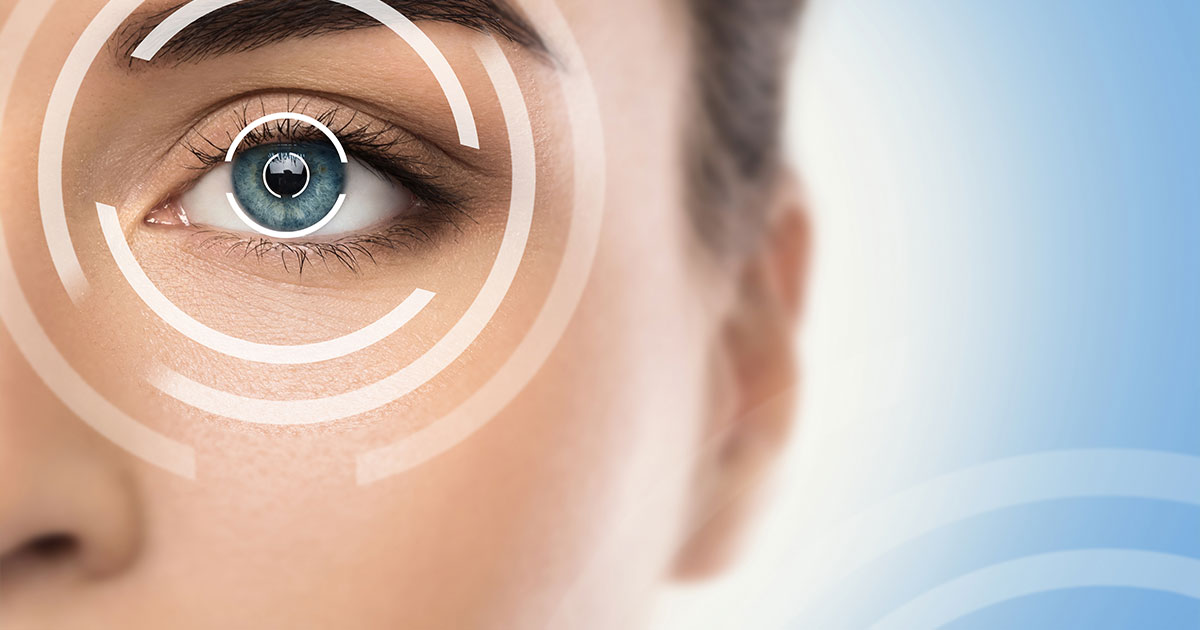SMILE Vision Correction and the Magic of IOL Surgery

The SMILE (Small Incision Lenticule Extraction) technique is an advanced laser eye surgery method for correcting myopia and astigmatism. SMILE surgery in Discover Vision for example is a high-precision technique using the Femto-Second laser. It performs photo disruption with nanometre precision, allowing faster recovery, better healing quality, and maximum postoperative comfort. “The great advantage of the Femto-Second laser is its speed and safety, with faster and weaker pulses. Ideal for treatment.
The technique is indicated for cases of myopia, astigmatism, or a combination. It is not yet a treatment option for cases of hyperopia. Only the ophthalmologist from iol surgery near me for example can indicate the most appropriate treatment for each patient.
Comfort And Security
In addition to allowing better healing quality, anesthetic eye drops are used during the surgery. In addition to being an effective and accurate procedure, the surgery does not cause pain.
The Smile Visumax® technique, using the FemtoSecond laser, is performed with a small incision approximately 2 mm wide. From there, the doctor changes the shape of the cornea, correcting up to 9 degrees of myopia. And it is important to also evaluate the thickness of the cornea for correction.
A New Relationship Between You And Your Vision
After the procedure, you can return to work and normal activities the day after the surgery. But it’s important to follow the restrictions and care the doctor prescribes. Hospitalization is not required. And the patient is released right after the surgery.
We list below some care that is essential after refractive surgery.
Rest at home and try to take a long nap to keep your eyes closed and rest for a few hours after the procedure.
- Do not rub or scratch your eyes
- Avoid using TV, cell phones, and computers
- Avoid driving for the first 24 hours after surgery
Surgery is an opportunity to see again and regain the freedom to practice sports and outdoor activities, free of glasses and contact lenses. It is important to clear all doubts with the doctor before performing the procedure.
Excimer Laser Refractive Surgery Includes 2 Main Techniques, Which Are PKR And Lasik
Lasik is today the most frequently performed technique for more than 10 years because it provides great comfort, fast recovery of vision, and safety.
When possible, this is the preferred technique as soon as you have to treat myopia of more than 4 to 5 diopters, astigmatism of more than 1.5D, presbyopia, and hyperopia.
It consists of using 2 types of lasers:
The femtosecond laser will produce a superficial corneal flap of 90 to 100 microns.
Formerly the cutting of the corneal flap was carried out by a microkeratome which is a device with a blade, today and for 15 years in our center, the cutting of the corneal flap is done with a laser, the Femtosecond Laser. Using the Femtosecond laser makes it possible to provide efficiency, safety, and perfect reproducibility in this stage of the intervention, which has made it possible to eliminate all the risks of cutting.
The excimer laser will reshape the cornea under the flap created by the 1st laser; the photo tissue ablation carried out will thus remove the defect of vision by modifying the shape of the cornea. It should be noted that not all patients are not operable by Lasik; some limits can be linked to different factors: too thin cornea, non-transparent cornea, asymmetrical cornea, or any other shape of the cornea showing signs of potential instability, very dry eyes, a very important visual defect such for example myopia > 7/8 D, or hypermetropia > 6D, etc, non-respect of the safety criteria (residual posterior wall, PTA)
This is the purpose of the preoperative assessment, which will allow you to define if you are operable, and if Lasik is possible in your case. It is not because one is not operable by Lasik that one cannot be operated by another technique, which will then be explained to you.
